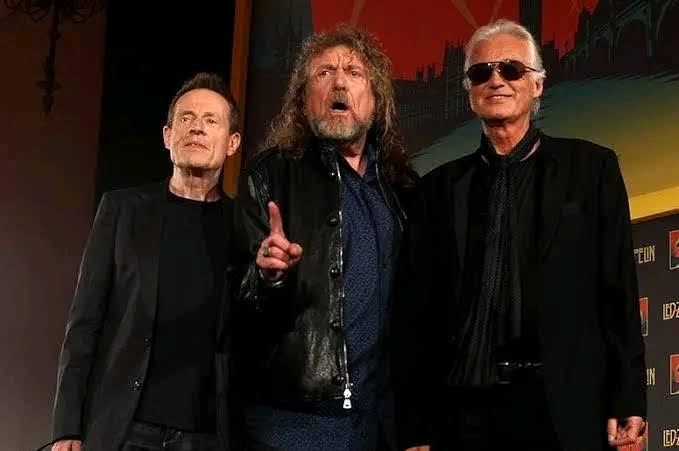Forever: How the 1980s Shaped Our Culture and Still Resonates Today…
The 1980s is a decade that remains etched in the minds of those who lived through it. Known for its vibrant pop culture, revolutionary technological advances, and social shifts, the ‘80s continue to influence modern-day music, fashion, films, and technology. Although over three decades have passed since its conclusion, the impact of the 1980s is as potent as ever, keeping the era alive in the hearts of its fans and newcomers alike. Let’s take a look at why the 1980s continue to hold such significance, and how it continues to captivate and shape the world today.
A Boom in Pop Culture
The ‘80s marked the emergence of the pop culture explosion that we now associate with the modern era. Iconic figures like Michael Jackson, Madonna, Prince, and Whitney Houston dominated the music charts and became global superstars. The era saw the rise of “pop icons” in a way that had never been seen before. Michael Jackson’s Thriller, released in 1982, remains one of the best-selling albums of all time, and his music videos revolutionized the music industry, influencing both music video production and pop culture for generations.
Madonna, too, became an icon of the 1980s, with her ability to constantly reinvent herself while addressing themes of female empowerment, sexuality, and independence. Her 1984 album Like a Virgin made waves, and she quickly became a feminist cultural figure whose influence extended well beyond music.
The 1980s also witnessed the birth of the “hair metal” movement, led by bands like Bon Jovi, Def Leppard, and Guns N’ Roses. The glam rock scene added an extra layer of theatricality to music, with elaborate fashion choices, oversized hairstyles, and energetic performances.
The decade’s impact wasn’t limited to music. In cinema, the 1980s gave birth to a slew of blockbuster films that remain classics. E.T. the Extra-Terrestrial, Back to the Future, and The Empire Strikes Back were just a few of the films that became cultural touchstones. The popularity of films like Ghostbusters, Ferris Bueller’s Day Off, and The Breakfast Club created a lasting cultural legacy, with countless references to these films embedded in today’s media.
Technology Transforms Society
The technological landscape of the 1980s is another reason for the lasting influence of the era. It was a time of radical transformation, laying the groundwork for the modern digital age. The personal computer began to enter homes, with the Apple Macintosh, IBM PC, and Commodore 64 making waves. The Apple Macintosh’s launch in 1984 marked a major shift in how people interacted with technology, with the mouse and graphical user interface becoming key features in personal computing.
Video games also became a defining part of the 1980s, as arcade machines like Pac-Man and Donkey Kong became cultural phenomena. Home gaming systems, such as the Nintendo Entertainment System (NES), revolutionized the gaming industry and paved the way for modern video games. The evolution of this medium is evident in today’s multi-billion-dollar gaming industry, where franchises like Super Mario, The Legend of Zelda, and Metroid continue to have major cultural significance.
The 1980s was also the era of the mobile phone’s early development. Though mobile phones were still bulky and used mainly for business purposes, the idea of communicating on the go began to become more mainstream. The very first cell phones, like Motorola’s DynaTAC, laid the foundation for the ubiquitous smartphones we rely on today.
Fashion Statements
Fashion in the 1980s was bold, extravagant, and filled with experimentation. The brightly colored clothing, big hair, and extravagant accessories defined a generation. Fashion icons like Princess Diana, Madonna, and Cindy Lauper, alongside designers such as Gianni Versace and Vivienne Westwood, set trends that still resonate in today’s fashion world.
The ‘80s brought about a distinct visual identity, with neon colors, oversized blazers, and high-waisted pants dominating the fashion scene. It was a time when people were unafraid to stand out and express themselves through their clothes. Many elements of ‘80s fashion, like high-top sneakers, scrunchies, and leather jackets, have made a return in recent years as fashion trends cycle back.
The Legacy of the 1980s
Though the 1980s ended nearly 40 years ago, its influence continues to live on in a variety of ways. The resurgence of ‘80s-inspired music in modern pop and rock, the popularity of retro video games, and the revival of fashion trends all point to the era’s enduring legacy. Even TV shows like Stranger Things and films like Ready Player One openly embrace ‘80s nostalgia, tapping into the powerful cultural impact of that time.
Moreover, the 1980s were a formative decade for social change. It was during this time that the AIDS crisis became a central issue, giving rise to activism and advocacy for LGBTQ+ rights. The fight against the disease and the social movements that emerged during the 1980s have had a lasting impact on today’s ongoing struggles for equality and representation.
The 1980s also marked the rise of independent thinkers and subcultures. The punk rock movement, the rise of skateboarding culture, and the beginning of hip-hop and rap music all emerged as reactions to mainstream culture, challenging societal norms and creating new expressions of identity. The independent spirit of these subcultures continues to influence modern music, fashion, and youth culture.
Conclusion
The 1980s was a transformative decade that set the stage for many of the cultural and technological developments we now take for granted. From the rise of pop stars and film blockbusters to the rapid advancement of technology and fashion, the ‘80s laid the groundwork for much of what defines contemporary culture. Today, we continue to look back at the 1980s with fondness and admiration, as the legacy of this decade remains as influential as ever, helping to shape a modern world that’s equal parts nostalgic and forward-looking.


